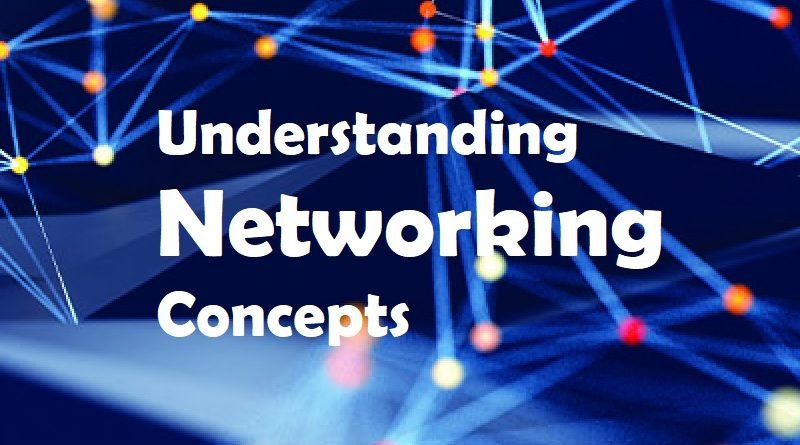Networking Concepts
Interconnecting of two or more devices is called network, and communication between them is called networking. to establish data communication between two or more device we use different devices(i.e Hub/Switch/Router/Access Point etc.) and different protocols(i.e RIP, EIGRP, OSPF, BGP etc).
Types of network
Local Area Network (LAN): To connect interconnection of PSc and other networking devices which are very close together in very limited area such as a floor, a building or within a campus, in these cases we use LAN.
Metropolitan Area Network (MAN): To connect networking devices ans systems that may span around the entire city, we can use MAN.
Wide Area Network (WAN): It is used to connect two or more LANs present a different geographical locations.
Internet
It is a networking infrastructure with massive network of networks. It connects
billions of devices located on different geographical location and establishes communication among them as long as they connected to the internet and authorized to communicate each other.
Network Topology
Bus Topology
Ring Topology
Star Topology
Mesh Topology
Basic Requirement to setup a network
Network Interface Card (NIC): NIC is a interface between computer and the network, also known as Lan card or Ethernet card, it has a 48 bit unique address called MAC(Media Access Control) address, it is also known as physical address or hardware address.
Media:The purpose of media is to transport bits from one machine to another machine(i.e cable, infrared, RF etc).
Networking Devices
Switch: It centralizes communications between wired devices connected within a LAN.
Wireless Access Point: It centralizes communications between wireless and wired devices within a LAN.
Router: It enables communication between two or more different logical networks.
Firewall: It protects the network from unauthorized access, it allows and denies the network traffic based upon policy configured.
IP Address
It is a Network Layer Logical address.
there are two version of IP
- IP version 4 is 32 bit address
- IP version 6 is 128 bit address
IP Version 4
- in IP v4 bit is represented by 0 or 1(i.e Binary)
- IP address in binary form (32 bit) [01001101110101010111101011010111]
- 32 bits are divided in 4 octates [0100.1101.1101.0101.0111.1010.1101.0111]
- in decimal form (i.e 10.10.16.4)
IP Address Classification
It is divided into 5 classes
- Class A
- Class B
- Class C
- Class D
- Class E
Class A,B & C are used for LAN & WAN
Class D Reserved for Multi casting
Class E Reserved for Research & Development
Subnet Mask
It differentiates the Network and the Host portions in the IP address. All 1’s represents the network portion and all 0’s represents the host portions.
Examples of Subnet Mask
Class A : N.H.H.H
11111111.00000000.00000000.00000000
Default subnet mask is 255.0.0.0
Class B: N.N.H.H
11111111.11111111.00000000.00000000
Default subnet mask is 255.255.0.0
Class C: N.N.N.H
11111111.11111111.11111111.00000000
Default subnet mask is 255.255.255.0
Private IP Address
There are certain IP address in each class reserved for the private networks. These address are called as private address.
These addresses can only be used in the private networks, they are not valid (or non routable) on internet.
Private IP Range
Class A: 10.0.0.0 to 10.255.255.255
Class B: 172.16.0.0 to 172.31.255.255
Class C: 192.168.0.0 to 192.168.255.255
Difference between Public IP and Private IP


